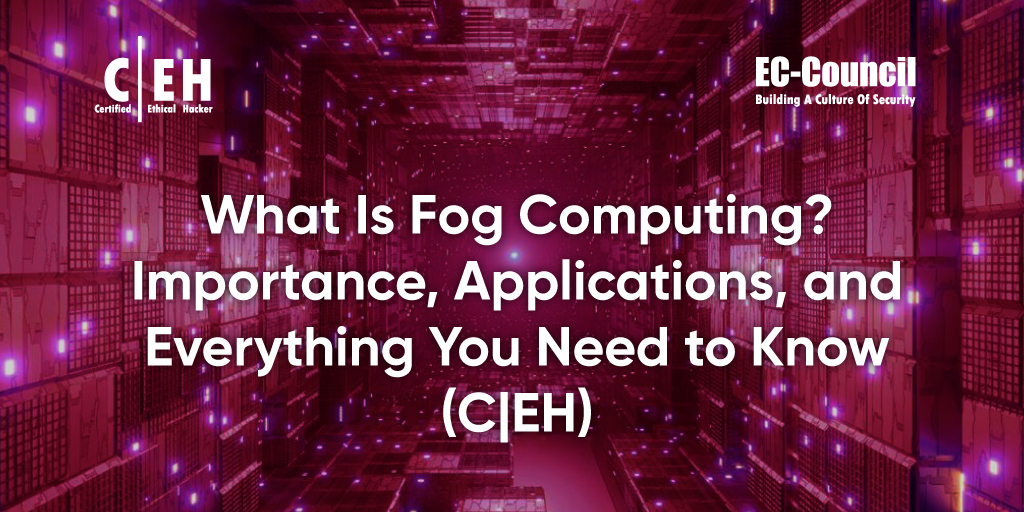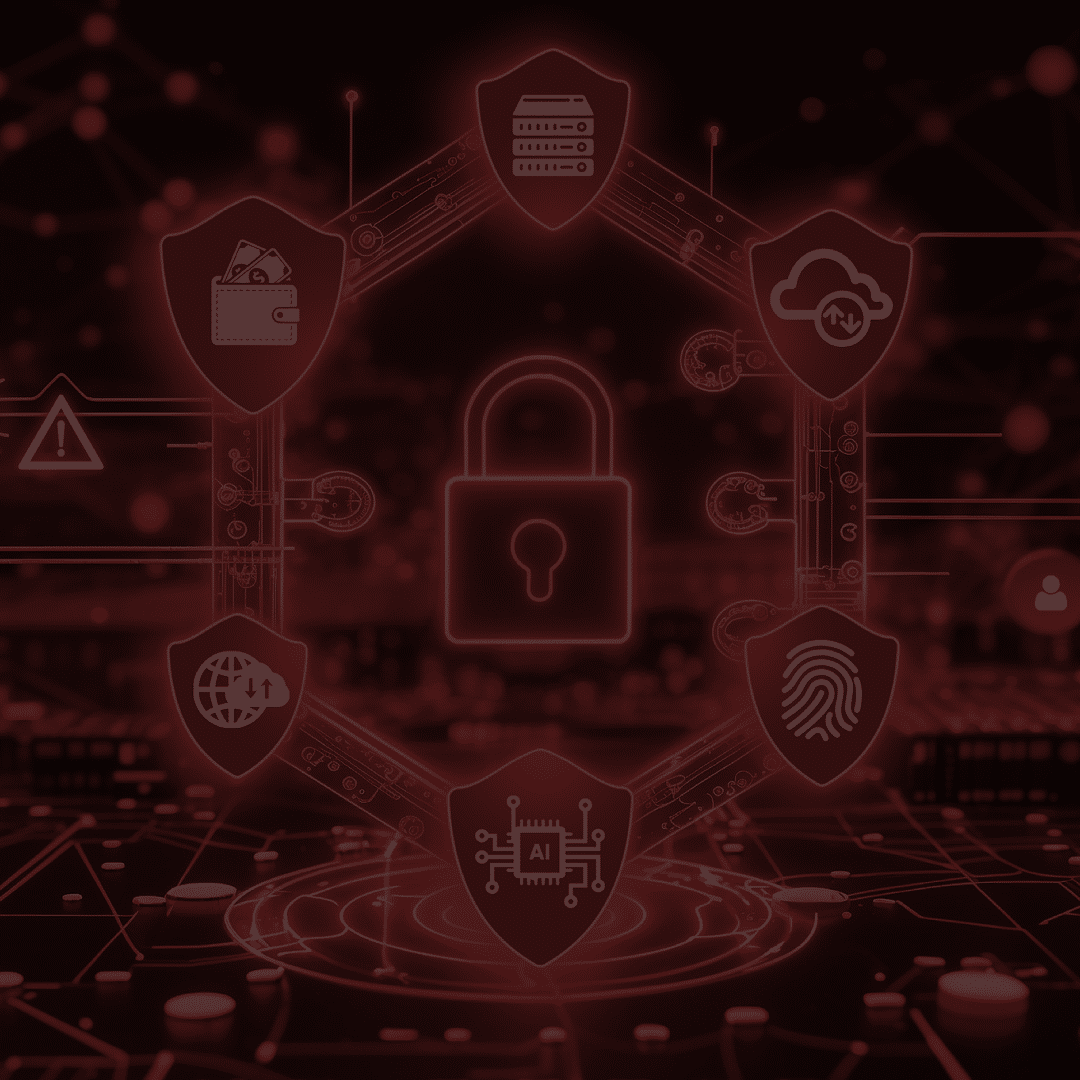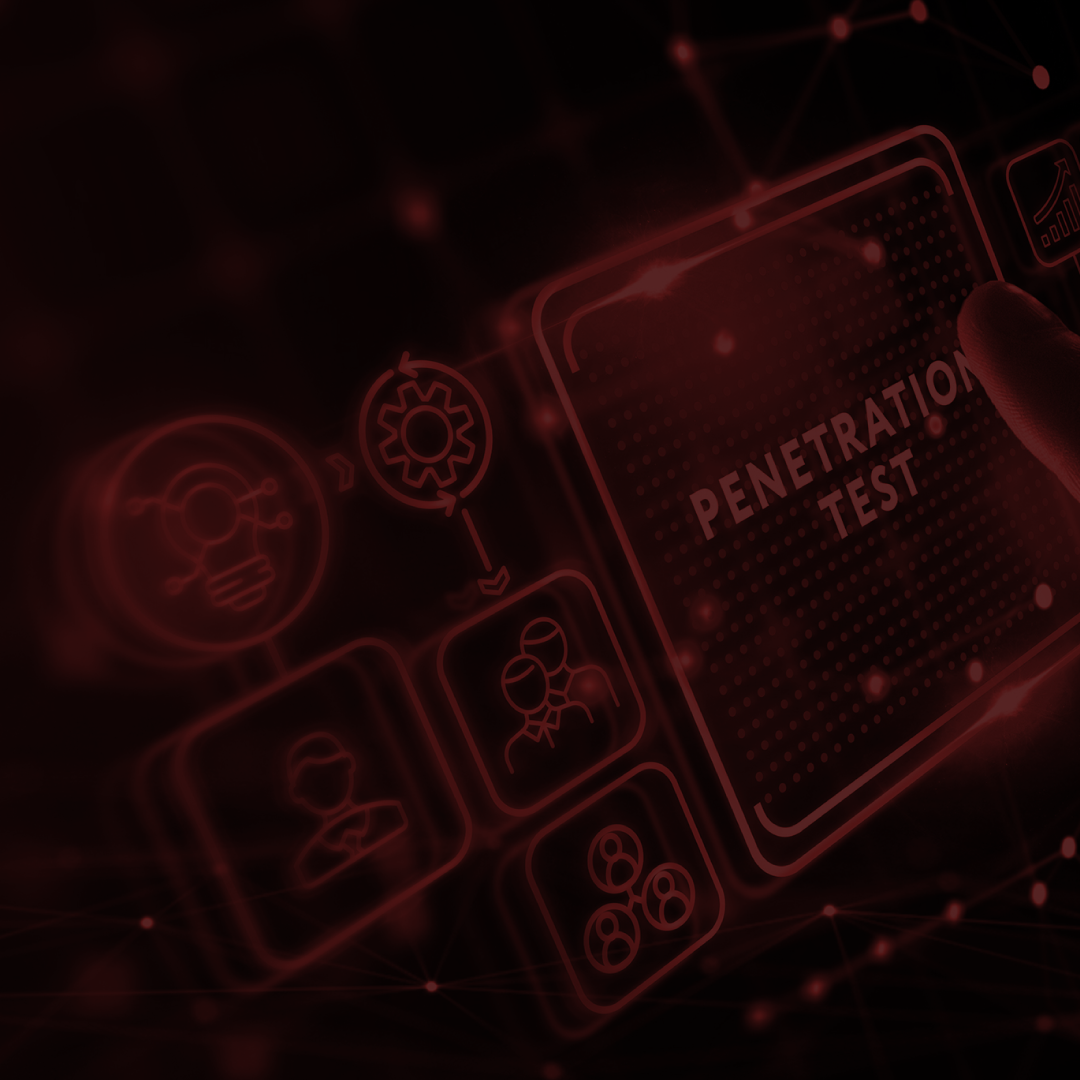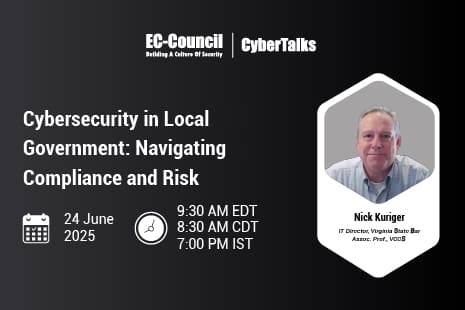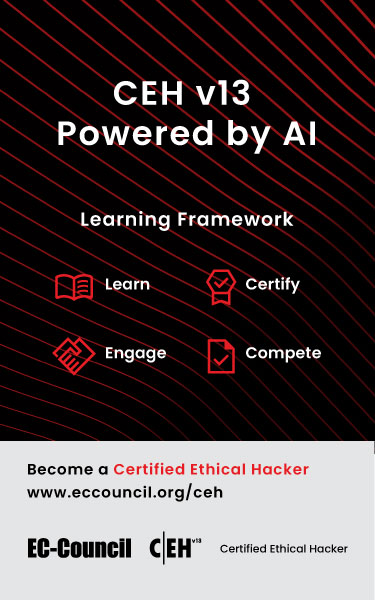Fog computing is an important trend to understand for anyone working in or planning to work in technology. It has many potential applications, from industrial and manufacturing settings to hospitals and other healthcare facilities. But what is fog computing, and how does it differ from cloud computing? Let’s take a look.
What Is Meant by Fog Computing?
Fog computing is a form of distributed computing that brings computation and data storage closer to the network edge, where many IoT devices are located. By doing this, fog computing reduces the reliance on the cloud for these resource-intensive tasks, improving performance and reducing latency (TechTarget, 2022).
Mist computing takes cloud fog computing even further by bringing computation and data storage even closer to the edge, often using devices such as mist computing servers, which are low-power servers that can be deployed in large numbers.
Why Is Fog Computing Used?
There are several reasons why fog computing is used:
- To improve latency and performance: Because fog nodes are often deployed at the network edge, closer to the IoT devices themselves, they can substantially reduce the processing time and enhance performance for applications that demand low latency.
- To improve decision-making: It can help improve decision-making in real-time as fog computing allows for real-time data collection and analysis from IoT devices.
- To reduce costs: Fog computing can also help reduce costs associated with data storage and analysis. This is because, by bringing computation and data storage closer to the network edge, fog computing reduces the amount of data that needs to be transmitted back to a central location for processing.
What Are the Four Types of Fog Computing?
Fog computing is a term for technology that extends cloud computing and services to the edge of an enterprise’s network. It allows data, applications, and other resources to be moved closer to, or even on top of, end users.
The four main types of fog computing are mentioned below.
- Device-level fog computing runs on devices such as sensors, switches, routers, and other low-powered hardware. It can be used to gather data from these devices and send it to the cloud for analysis.
- Edge-level fog computing runs on servers or appliances located at the edge of a network. These devices can be used to process data before it is sent to the cloud.
- Gateway-level fog computing runs on devices that act as a gateway between the edge and the cloud. These devices can be used to manage traffic and ensure that only relevant data is sent to the cloud.
- Cloud-level fog computing runs on servers or appliances located in the cloud. These devices can be used to process data before it is sent to end users.
Where Is Fog Computing Needed?
There are many potential applications for fog computing, including:
- Connected cars — collecting and processing data from sensors in real-time to enable features such as autonomous driving and infotainment.
- Smart cities — monitoring traffic flows, managing public transportation, optimizing energy use, and more.
- Industrial IoT — enhancing efficiency and safety in factories, power plants, mines, and other industrial infrastructure.
- Connected health — supporting remote patient monitoring, telemedicine, and other healthcare applications.
- AR/VR — enabling low-latency, high-quality augmented and virtual reality experiences.
Fog computing can be used to support a wide range of applications that require data to be processed at the edge of the network. In many cases, moving compute and storage resources closer to the data source improves performance and reduces costs. For example, connected cars generate a significant volume of data that needs to be analyzed in real-time to enable features such as autonomous driving.
Who Uses Fog Computing?
Fog computing is often used in cases where real-time response is needed, such as with industrial control systems, video surveillance, or autonomous vehicles. It can also be used to offload computationally intensive tasks from centralized servers or to provide backup and redundancy in case of network failure.
Components of Fog Computing
Some of the key components of cloud fog computing include the following:
- Edge devices: These are the devices located at the edge of the network, closest to the data source. Edge devices include sensors, PLCs (programmable logic controllers), and gateway routers.
- Data processing: Data processing is done locally on edge devices rather than sent to a central location for processing. The result is improved performance and reduced latency.
- Data storage: Edge devices can store data locally rather than sending it to a central location for storage. This improves security and privacy, as well as reduces latency.
- Connectivity: Fog computing requires high-speed connectivity between edge devices and the rest of the network. This is achieved through wired or wireless means.
Why Is Fog Computing Beneficial for IoT?
The internet of things (IoT) is a system of interconnected devices, sensors, and software components that share data and information. The power of the IoT comes from its ability to collect and analyze massive volumes of data from various sources. This data can be used to improve efficiency, optimize operations and make better decisions.
Fog computing in IoT is a decentralized computing model that brings computation and data storage closer to the edge of the network. In other words, fog computing moves processing power and data storage away from centralized server farms and into local networks where IoT devices are located.
What Are the Advantages and Disadvantages of Fog Computing?
There are several advantages to using a fog computing architecture:
- Reduced latency: By processing data at or near the edge of the network, fog computing can help reduce latency.
- Improved security and privacy: By keeping data and applications closer to the user, fog computing can help improve security and privacy.
- Increased scalability: Fog computing can help increase scalability as more resources may be added at the edge of the network.
There are also several disadvantages to using a fog computing architecture:
- Limited resources: Because fog computing relies on devices at the edge of the network, there may be limited resources available. This can impact performance.
- Complex architecture: Fog computing can be complex to implement and manage because of the distributed nature of the architecture.
- Limited coverage: Because fog computing is still a relatively new technology, there may be limited coverage in terms of devices and locations that support it (HiTechWhizz, 2022).
Fog vs. Edge Computing
Edge computing, a distributed computing model, processes data and applications at the edge of the network, close to the data source. By contrast, in the traditional centralized model of cloud computing, data and applications are stored in a central location and accessed over the network.
The main difference between fog and edge computing is that fog computing extends cloud services and connectivity to devices at the edge of the network. In contrast, edge computing brings computation and data storage closer to devices at the edge of the network.
What Is Heavy.AI?
Heavy.AI is a powerful artificial intelligence platform that enables businesses and developers to easily build and deploy AI-powered applications. Heavy.AI is built on top of the popular TensorFlow open-source library, making it easy to get started with deep learning and neural networks. With Heavy.AI, you can quickly train and deploy your custom models or use one of the many pre-trained models available in the Heavy.AI marketplace.
How Is Heavy.AI Related to a Fog Computing Solution?
Heavy.AI also offers a fog computing solution that can be used to manage and process data from IoT devices at the edge of the network. This solution can improve the performance of IoT applications by reducing latency and ensuring data is processed locally.
iFogSim is also an open-source fog computing simulator that can evaluate the performance of different fog computing architectures. iFogSim includes a library of modules that can simulate various aspects of fog computing, such as network topologies, device types, and application characteristics.
Aspiring ethical hackers can get certified through EC-Council’s certified ethical hacker course – C|EH program. The comprehensive CEH course covers a wide range of topics related to ethical hacking, including network scanning, enumeration, social engineering, denial-of-service attacks, web application attacks, SQL injection, buffer overflows, and much more.
Sources
TechTarget. (2022, September 22). What is fog computing? https://www.techtarget.com/iotagenda/definition/fog-computing-fogging
HiTechWhizz. (2022, September 22). 5 Advantages and Disadvantages of Fog Computing | Drawbacks & Benefits of Fog Computing. https://www.hitechwhizz.com/2020/04/5-advantages-and-disadvantages-drawbacks-benefits-of-fog-computing.html
About the Author
Ryan Clancy is a writer and blogger. With 5+ years of mechanical engineering experience, he’s passionate about all things engineering and tech. He also loves bringing engineering (especially mechanical) down to a level that everyone can understand. Ryan lives in New York City and writes about everything engineering and tech.


